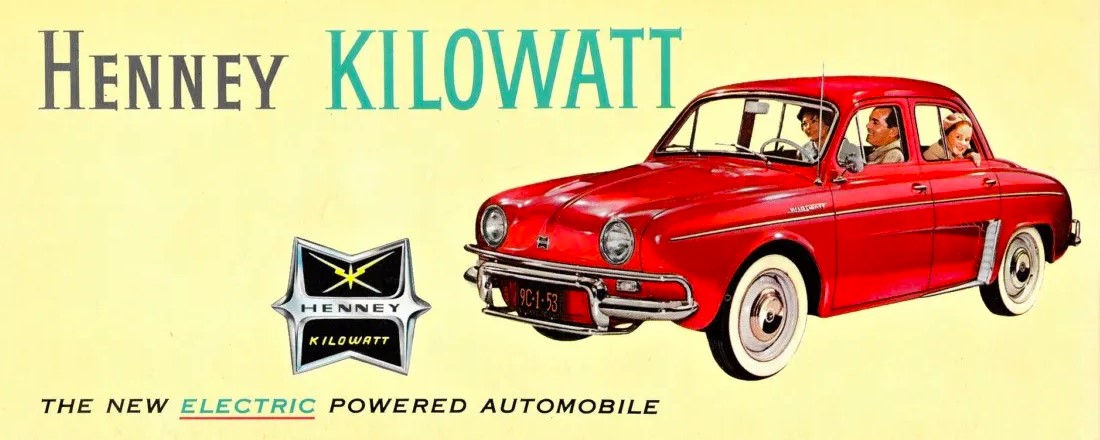
The Henney Kilowatt was an America electric car introduced in 1959. Equipped with a 36-volt system powered by six 6-volt lead-acid batteries, delivering a top speed of approximately 35 mph and a range of about 40 miles. The car used some body parts as made for the Renault Dauphine.
An improved model was introduced in 1960 with a top speed of 60 miles an hour and a range of 60 miles. The Kilowatt was upgraded to a 72-volt system, enhancing performance with a top speed of around 60 mph and an extended range.
The Kilowatt was essentially a Renault Dauphine converted into an electric car in the U.S. by Henney, a company known for building hearses and limousines. The project was backed by the National Union Electric Company, which owned Exide batteries, and the idea was to show off the potential of electric propulsion for short-range urban use. Henney Kilowatt is a fascinating and often overlooked electric car from the late 1950s. Only 47 cars were sold over the two model years.
- Produced: 1959–1960
- Manufacturer: National Union Electric Company
- Assembly: United States
- Based on: Renault Dauphine
- Top Speed: ~60 mph (for the 72-volt version)
- Range: Around 40–60 miles per charge
Powertrain:
- 1959 model: 36-volt system, sluggish performance, top speed ~40 mph
- 1960 model: Upgraded to a 72-volt system, much better performance
The drive system was engineered by Victor Wouk, often called the “father of the hybrid car.” His work on the Kilowatt predated his more well-known involvement in hybrid car development in the 1970s. Only about 100 cars were built, with just 47 sold, mostly to electric utilities and government agencies for evaluation. It was one of the first serious attempts at a production EV in the U.S. post-World War II.
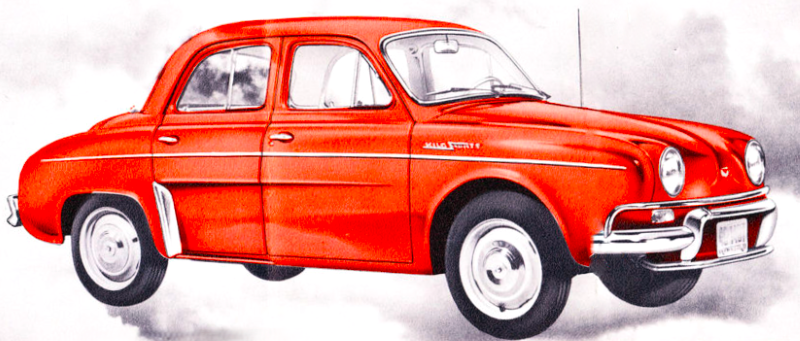
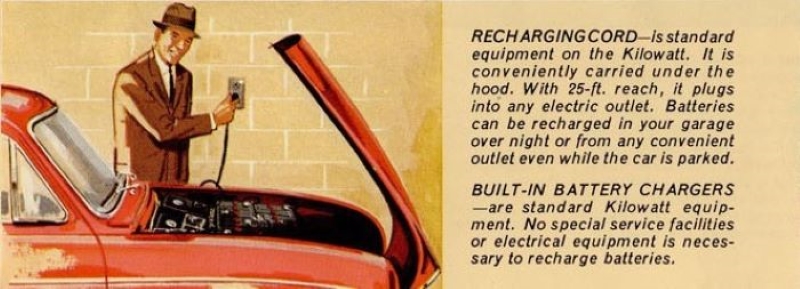

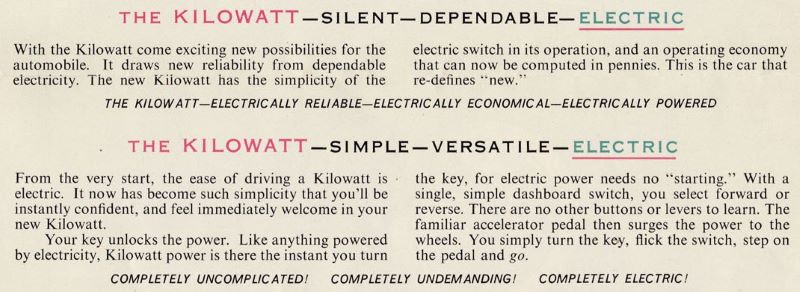
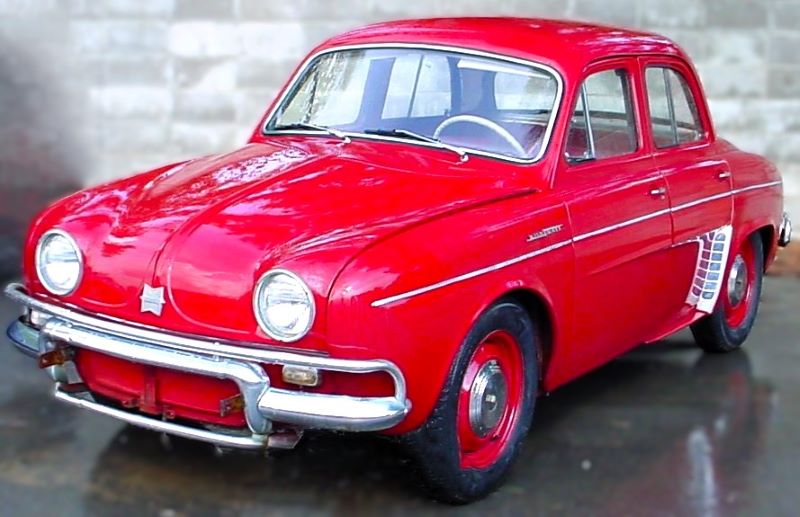
Henney Motor Company
The Henney Kilowatt was manufactured through a collaboration of multiple American companies, each contributing a specific expertise. So while the Henney Motor Company did the physical assembly, the Kilowatt was very much a team effort from several American firms under the umbrella of National Union Electric.
Henney Motor Company
- Location: Freeport, Illinois
- Role: Primary manufacturer and assembler of the Kilowatt
- Background: Known for building professional cars like hearses and limousines, Henney adapted the Renault Dauphine body for the electric drivetrain.
National Union Electric Company
- Role: Parent company and financier of the Kilowatt project
- Owned: Exide Batteries, which powered the Kilowatt
- Notable Person: President C. Russell Feldmann was the driving force behind the project, aiming to show the practicality of EVs in American cities.
Eureka Williams Company
- Location: Bloomington, Illinois
- Role: Known for vacuum cleaners and small appliances, they helped with vehicle components and electronics.
Electric Autolite
-
Role: Contributed electrical components to the drivetrain system
Victor Wouk
-
While not a manufacturer, Wouk was the electrical engineer behind the design of the powertrain. His innovative work helped make the Kilowatt a functional and roadworthy electric car at a time when such vehicles were almost nonexistent.

You must be logged in to post a comment.